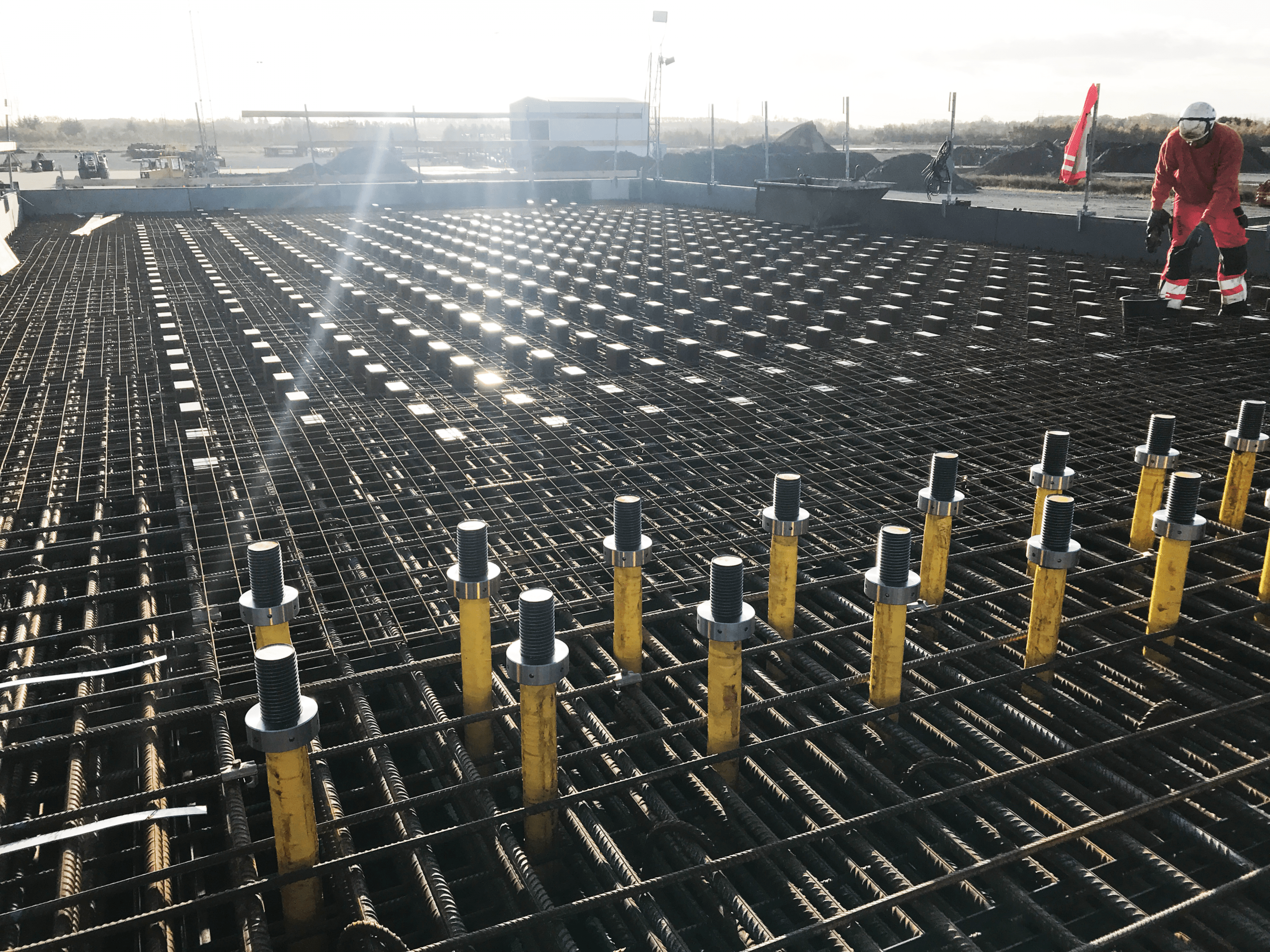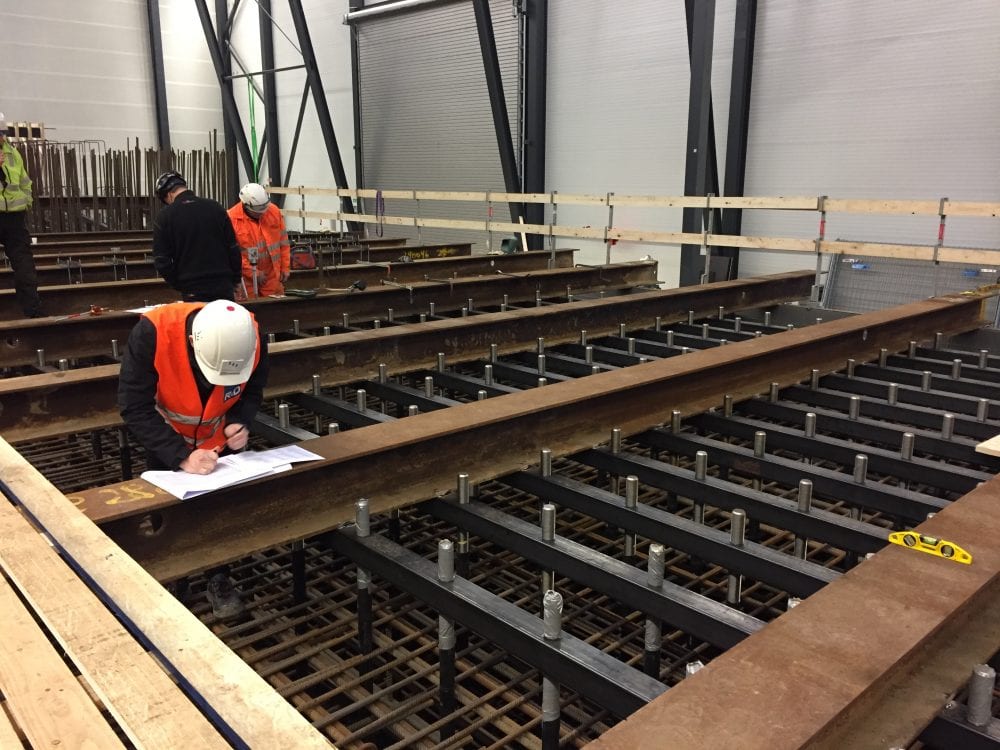
R&D refines the design of our EUDP funded Test Bench Foundation project
R&D is ready with a new and optimized conceptual framework, with several improvements.
In 2020, R&D announced that we had been granted EUDP funding for the development and demonstration of a future nacelle test bench foundation. This project will contribute to development and optimization in the wind industry.
By teaming up with Aarhus University (AU), we ensured that the project group has extensive knowledge in both test system design and project execution, as well as detailed knowledge of key technology areas.
During the past year the prime objective of the project has been conceptual design and re-evaluating the sub-system included in R&Ds test bench foundations. Now, we are ready with a new and optimized conceptual framework, with several improvements. Among other things, we have optimized the design. This is done by including a cell-structure instead of the previous massive concrete foundation.
The prime advantages of the cell-structure are material savings, optimized design due to more precise force flow in the foundation. The hollow foundation also enables inspection and creates room for cable routing and equipment storage. Furthermore, this enables us to meet the challenges we are facing from large heat development in the massive concrete structure during hardening. The new concept is being validated using FE-analysis.
The next step is to develop a structural health monitoring system and digital twin. The digital twin shall help understanding the system behavior at a given test scenario. The digital twin is a digital representation of the test bench and will replicate and simulate processes of post-tensioning the foundation in multiple directions, new machine interface and anchor system, and the cell-structure solution – but all digital.
“In collaboration with AU, we have found that developing a monitoring system and digital twin solution suits the project objectives., This means that we can collect various data, measures, feedback, and important insight to the systems behavior. Thereby, we can change and develop the test bench foundation, making sure that our customers can test future wind turbines. Furthermore, our customers will have a digital solution that is able to predict the impact of a given test scenario. We look forward to dive more into the digital twin approach and we here see a new market,” explains Lasse Stephansen, Team Manager of the foundation team at R&D.
This means that we can collect various data, measures, feedback, and important insight to the systems behavior. Thereby, we can change and develop the test bench foundation, making sure that our customers can test future wind turbines.

